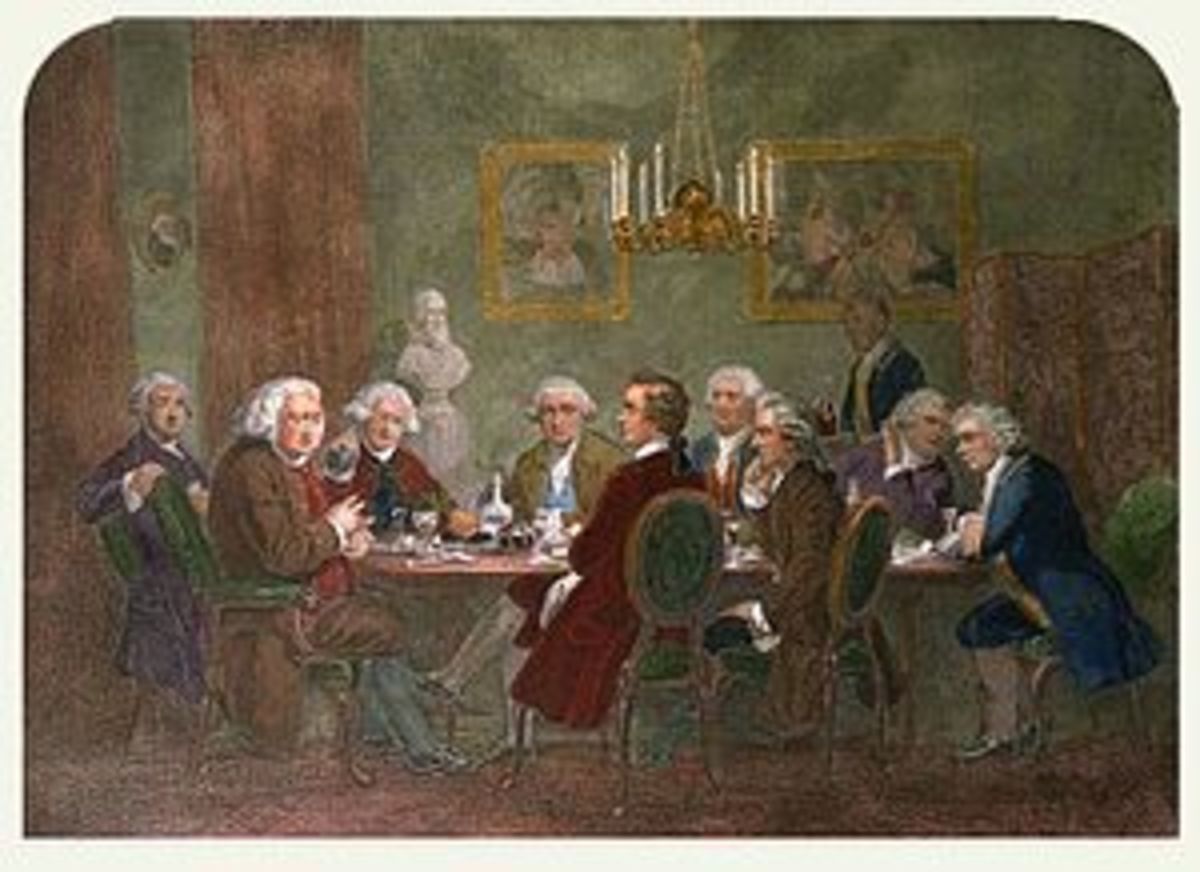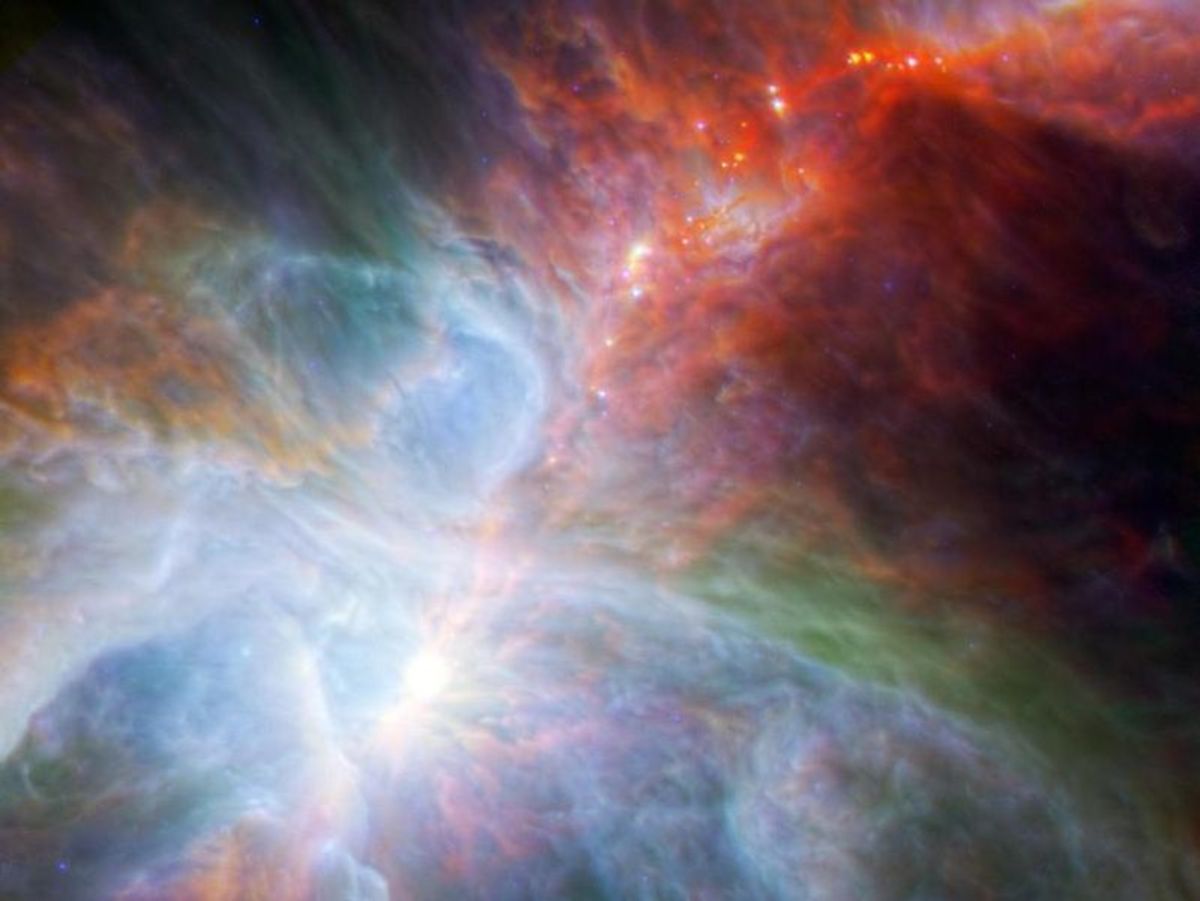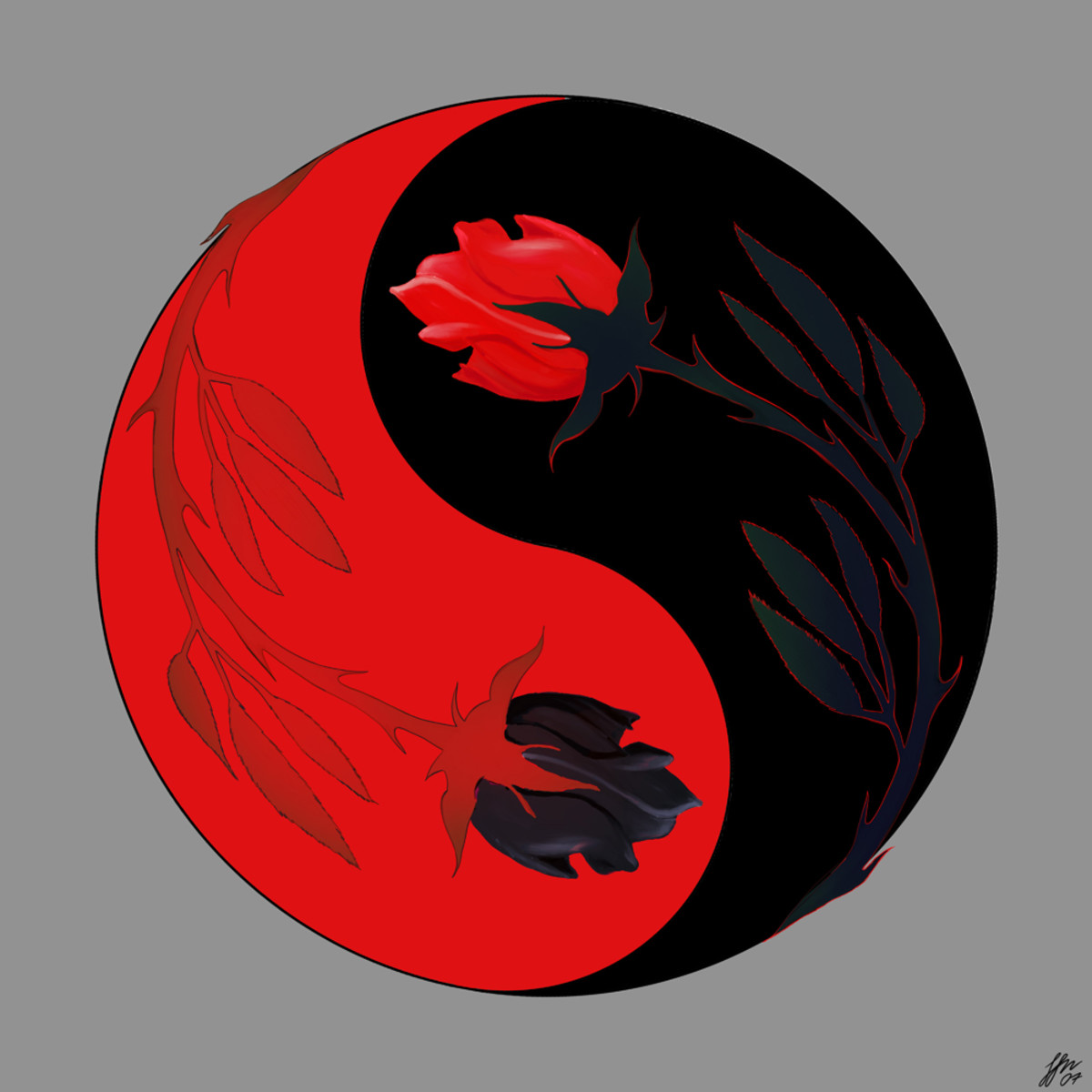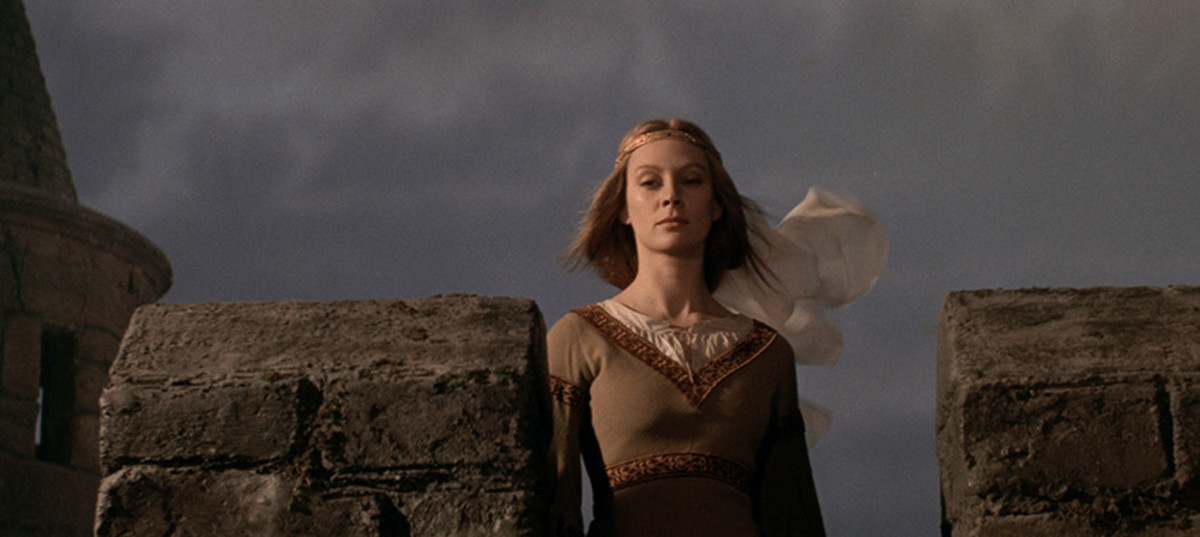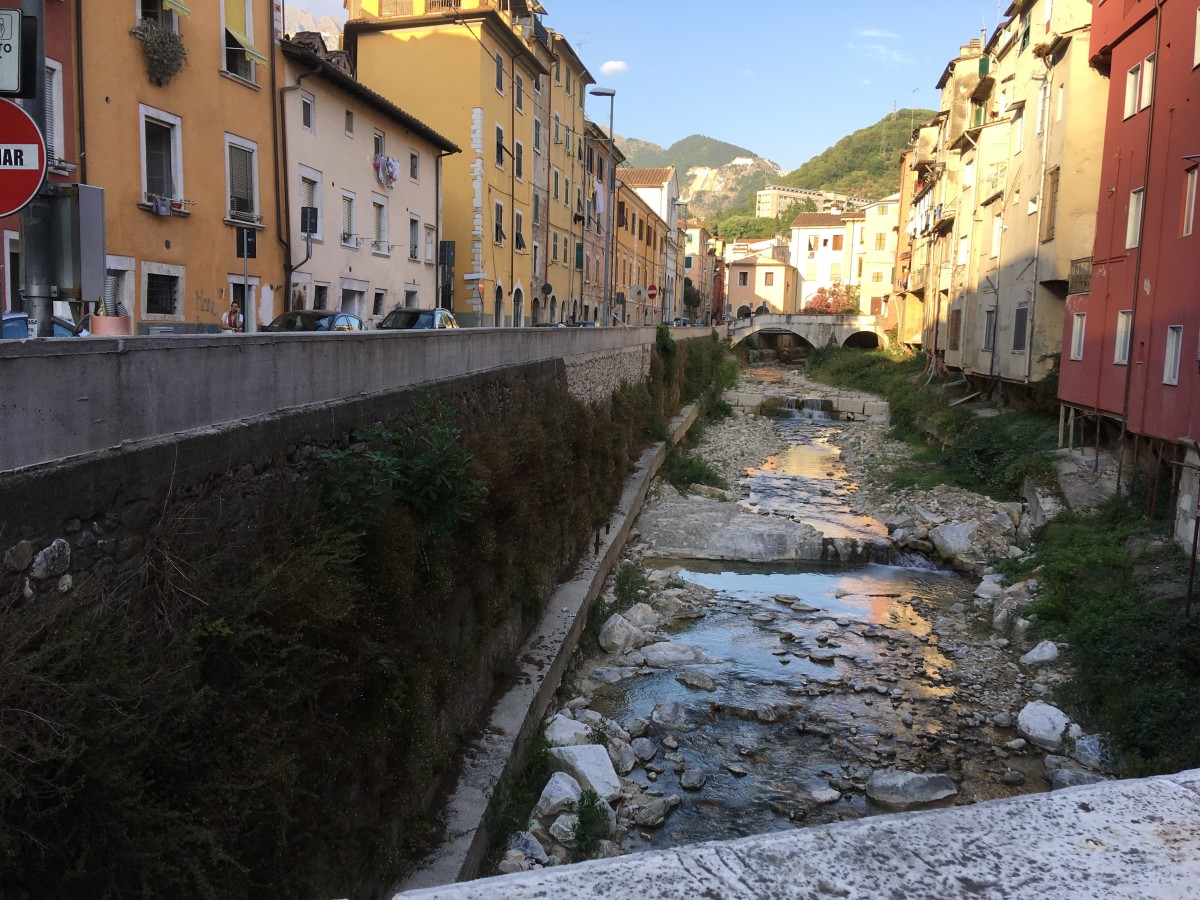Keats' Tomb
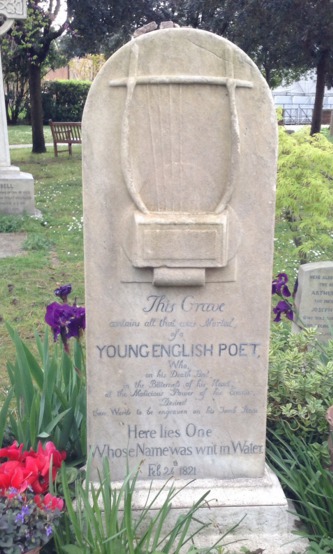
Keats' Tomb
Keats’ Tomb: A Question of Inscription
‘Here lies One Whose Name was writ in Water’
Introduction
The inscription on Keats’ tomb has a history. The poet himself wanted nothing more than the simple despairing inscription above but his friends felt strongly that his wishes made a mockery of the man they had known and so determined on the wording as it now stands with the preliminary mitigation which both includes yet qualifies his intentions. Indeed the change they made almost reverses Keats’ original wishes by adding the words, ’in the bitterness of his heart at the Malicious Power of his Enemies Desired these words . . .’ Perhaps they should have stuck with Taylor’s’s original feeling that there was ‘none better than our poor friend’s melancholy sentiment’,[i] one born of desperation but also indicative of a certain kind of poetic history. The power of the ‘Was writ’ still stands and is because it is both passive and past.
I The Passive
The poet signs his work and, in so doing, abandons it. From then on, the work is in the hands of others who can do with it as they wish. Signing off indicates absence whether on the cover of a book or at the end of a poem or letter. In the case of Keats’ tomb this is a second signing off for during the 18 months up to his death he had already been living ‘a posthumous existence’[ii] and, even more fundamentally, because the signature is nameless; there is only an indication of ending, an anonymous sign of withdrawal. In Keats’ case, it is as if the work had been abandoned thrice: in his posthumous existence and doubly in his inscription; both in the wording of the inscription itself and in its namelessness.
Anonymity is important. The word ‘Name’ is egoless; more, by failing to name, by standing in as other than the author, as not the author, it draws attention to a lack, to the retiring nature of creativity which was critical for Keats’ art.
For Keats, this was exemplary of writing itself or of a certain kind of writing; the Shakespearian as opposed to the Miltonic;[iii] the indolent, cameleon, dreaming imagination. These notions were in the air of Romanticism. Hazlitt writes of the Bard: ‘He was the least of an egotist that it was possible to be. He was nothing in himself; but he was all that others were, or that they could become’[iv]. The lack of ego; what Keats called ‘Negative Capability’, ‘that is when man is capable of being in uncertainties, Mysteries, doubts, without any irritable reaching after fact & reason’,[v] is the faculty that ‘Shakespeare possessed so enormously’.[vi] This ability to remain in uncertainties remans in the region of thought which is not ‘consequitive’,[vii] not an irritable reaching after fact and reason, not speculative, but a state in which the straining after results, the questioning of the world, is suspended and the Self - the identity of the poet - annihilated. Keats writes, ‘As to the poetical Character itself [...] it is not itself - it has no self - it is every thing and nothing - It has no character [...] A poet is the most unpoetical of any thing in existence; because he has no Identity [...] he is certainly the most unpoetical of all God’s Creatures’.[viii]. The creative impulse is not activity but passivity. Ego-less, it leaves the work, the words, behind as a kind of legacy to be gathered together by a reader who has no biographical evidence of the writing hand to help (or indeed hinder) him. In this crucial sense every artwork is ‘writ on water’ and leaves nothing but ripples or a trace [ix]behind as evidence of the creative urge.
Yet there is something more than this: the very word Name is anonymous in a strangely evocative way. It falls back into itself as if giving place to the work as God withdrew from his creation ‘in his own image’. Is not this something like negative capability, the loosening of will to allow for creativity? This is what Blake calls ‘self-annihilation’[x] and Nietzsche self-overcoming’:[xi]
Things cannot to the will
Be settled but they tease us out of thought [xii]
Poetry is anonymous and will-less. Notice the ‘alone’ in:
For poesy alone can tell her dreams. [xiii]
Not the poet, but Poesy:
With the fine spell of words alone can save
Imagination from the sable charm
And dumb enchantment [xiv]
Thus ‘the world’s gaudy ensigns’ indeed the very things Keats most yearned for ‘Verse, fame and beauty’ must be resigned in the face of Death (capital D) for ‘Death is life’s high mead.[xv] How can we not be reminded of the tomb when we read:
Soon wild commotions shook him, and made flush
All the immortal fairness of his limbs;
Most like the struggle at the gate of death;
Or liker still to one who should take leave
Of pale immortal death, and with a pang
As hot as death’s is chill, with fierce convulse
Die into life [xvi]
Thus a triple passivity: of syntax in the ‘was writ’: of anonymity in the absence of a name and of a signing off that leaves the work to speak.
But let us add a slender aside. ‘Whose Name’ has a touch of the question about it; whose name was it that was writ on water? It encourages a slight curvature of the mind that directs it back to the poet and the vanishing inscription. It is not quite all passivity and, after all, we have the poems. And this leads us to the next question.
II The Past
The inscription also has the power of the past, the posthumous tense; ‘Was writ’. The poet gave instructions for the inscription as he was powerless to do it for himself. There followed a century and more of wrangling. His original intentions were set aside, the wording changed and Severn’s notion of the image of a lute with broken strings added. Plaques in Keats’ Houses in Rome and London were argued over also. The poet in his tomb could do nothing to influence any of this.
But the works written by the poet remained. His ‘Name’ – in the sense of his reputation - rests in the poems, all written between the beginning of 1819 with Eve of St Agnes and ending in the summer of the same year with To Autumn and The Fall of Hyperion. It is these, perhaps, that he thinks of as writ on water both because of their slender bulk and because of the efforts of others to disparage them: Lockhart of Blackwood’s Magazine and Croker of the Quarterly Review; the Tory press, and Byron’s slim broadside:
‘Tis strange the mind, that fiery particle,
Should let itself be snuffed out by an article [xvii]
Even Shelley’s ‘adoring’ Adonais sees Keats as a ‘pale flower [..] whose petals nipped before they blew’[xviii]. In the introduction he describes him as ‘not less delicate and fragile than […] beautiful’ and as a ‘young flower […] blighted in the bud’.[xix] Keats’ own evaluation of himself was, at least partly, as one who, like his mother and brother before him, ‘grows pale and spectre thin and dies’ [xx].
Here is a built-in structure of failure which may well have driven the weak and dying man into thoughts of the impossibility of a poetic afterlife. He had written ‘I have left no immortal work behind me – nothing to make my friends proud of my memory’[xxi]. In fact his name in the sense of his reputation had, in his eyes, already been written (or un-written) by others, convincing him that his search for fame had failed.
There is more: his name is not given; ‘whose name’ avoids naming. His work remains unsigned, unspoken. (unwritten, ungraven) even in water. The tomb was envisaged as existing after the process; as a telling or record of a process that is gone. However, any such telling must re-turn to the process (like any story it points to events, even if imaginary). Thus the Name is indicated - at least as a Name (if anonymous) - and is thus not unforgotten (even if unidentified – although un-identity can impel a search for identity – the anonymous artwork appealing for a biography). This is not the same as an empty stone or no stone at all. This silent stone, so strangely noisy in its silence, is the indication of an absence, not unlike the ‘wan face’ of Moneta (memory) which has ‘an immortal sickness that kills not’.[xxii] The un-forgetting (anamnesis) that hovers behind appearances.
How important is it that we know the name (not simply what we already know; that there must have been a name) and the biography of the writer? Any artwork that survives had a creator now absent, some more so than others; Keats’ hero, Shakespeare, more than most. They wrote for an audience that will be absent from them. It is the task of the immortal writer to absent himself as he leaves his work to posterity. In their heart of hearts writers know this; more, it is at the heart of what they write, what they write about; Keats, perhaps, above all. It is this silence that lies at the heart of Keats’ poetry.
In, for example The cave of quietude: ‘where silence dreariest / Is most articulate’[xxiii]. It is the ‘silent form’, the Grecian Urn, the ‘foster-child of silence’ that ‘can [...] express / A flowery tale more sweetly than our rhyme’ and that can ‘tease us out of thought and grant the secret of the Ode’s final two lines [xxiv]. It is the ‘deep-disguised plot’ of the Indolence Ode.[xxv] In the first Hyperion, the goddess who grants her secrets is addressed as, ‘Mute thou remainest - Mute! yet I can read / ‘A wondrous lesson in thy silent face’[xxvi]. There are countless more examples.
What was it that was writ: a Name. Yet the name remains silent. It is not given. The epitaph (even as amended) excludes the Name. A wanderer coming across such a tomb in its secluded spot would not be informed as to whose tomb he was in front of.
But this signing off is more fundamental in that it is writ in water; that is, it expects no posthumous existence. A step too far, for any kind of writing implies a readability, an alterity; an other, for it to be writing. The very insistence on temporality, on endings, emphasises the significance of the code, of the writing as all that is left. No closure. No biography (perhaps not even a reader?) merely a text. The poem is all.[xxvii]
Or, perhaps the Name, its fame and afterlife, was already written, for it is the poems (that had stopped some 18 months before) that were indeed writ in the past before Keats’ ‘posthumous existence’ and his death. Yet what hidden power lies behind the words ‘a name’. For someone to have a name means to have fame or notoriety; to be known. A name can be writ on water but only as having been once famous enough to allow of the possibility of its rippling away. The idea is common enough. Only to take, again, a couple of examples from Shakespeare, we have:
Why should that name be sounded more than yours?
Write them together, yours is as fair a name. [JC 1.02.141-2]
Water and reputation go hand in hand, ‘a little water will clear us of this deed’ [MacB 2.02.66] And the idea of slowly vanishing ripples likewise:
Glory is like a circle in the water,
Which never ceases to enlarge itself
Till by broad spreading it disperse to nought [H VI 1.03.133-5]
Water overwhelms the corpse of Marina [Per 3.1.63]. It makes things ‘indistinct / As water is in water [Ant 4.14.11].
In yet another sense, the words Keats chose were already writ. The inscription is not original to Keats. These were borrowed garments. In Beaumont and Fletcher’s Philaster we find ‘All your better deeds / Shall be in water writ’[xxviii] and Keats, who knew his Shakespeare, also knew, ‘Men’s evil manner live in brass; their virtues / We write in water’.[xxix] This is not uncommon in Shakespeare who often used the word in the sense of reputation, ‘that self hand / Which writ his honour in the acts he did’ [Ant 5.01.21-2] or, ‘give me thy hand / One writ with me in sour misfortune’s book’ [R&J 5.03, 82-3] or again, ‘Woulds’t write of me’ [Oth 2.01.116]. Or even further back we have Catullus writing, "What a woman says to her avid lover should be written in the wind and running water" [xxx] The Bellini fountain outside his window flowed throughout his illness and may also have suggested the words to him.
Of course, those who knew and admired him - who knew the biography - could not deal with such anonymity and thus the inscription was changed for it was deemed too annihilating.
III Summary
Today Keats’ is a name no longer writ in water but one that has overtaken in fame those of the other Romantics so much more famous at the time. This is first, because the reputation of the poet is in the hands of others and, secondly, because for Keats, the creative act was essentially passive. Thirdly, because the poetry was already written before the moment of despair in which he suggested his epitaph to Severn. His work was done. His ‘Name’ is in the hands of others, and here is written, not in water, but on stone. Graven. The reverse of liquidity.
Keats’ inscription mirrors his creative thinking as much as it does his desperation. His reputation which he thought of as writ in water was not in his hands but in those of others both during his lifetime and after his death in Rome. In respect of his inscription he could do nothing being dead and unable to act. He never knew (or perhaps had an inkling?) that his renown would be inverted – by both his later inscription and his reputation, neither of which was in his hands.
We approach the work before the biography. Keats’ life without the poetry would indeed have rippled away to nothing as did that of Cestius Gallius whose pyramid tomb lies nearby. ‘In this city of Rome, which pays such honour to her dead; where popes, and emperors, and saints, and cardinals lie hidden in 'porphyry wombs,' or couched in baths of jasper and chalcedony and malachite, ablaze with precious stones and metals, and tended with continual service [all so unlike] the mean grave of this divine boy’ [xxxi] whose name was writ, not carved or painted or sounded. It is thus the epitaph of a writer. Thus it is the words already writ that would ensure his later fame - not writ on water but on paper - something altogether more enduring.
[i] Taylor’s letter to Severn at Plumly Posthumous Keats, Norton 2008 p. 73.
[ii] Keats’ letter to Brown of 30.11.1820 in The Letters of John Keats, Ed R.H. Rollins, Harvard, p.359
[iii] Hazlitt; ‘Lectures on the English Poets' in P.P. Howe (ed.), The Complete Works, (London, Dent, 1930) lecture 3
[iv] William Hazlitt, ‘Lectures on the English Poets' in P.P. Howe (ed.), The Complete Works, (London, Dent, 1930) vol. 5, p. 47.
[v] Keats, ‘Sleep and Poetry’ in The Poetical Works of John Keats, Ed H.W. Garrod, p. 56.
[vi] Coleridge, Biographia Literaria, vol. 2, Ch. 15, p. 16.
[vii] Keats’ letter to Bailey of 22.11.1817 in The Letters of John Keats, Ed R.H. Rollins, Harvard, p.359 and Letter to Bailey, R. Vol. 1:184
[viii] Keats’ letter to Bailey of 8.10.1817 in The Letters of John Keats, Ed R.H. Rollins, Harvard, Vol 1 p.170
[ix] Of Grammatology, trans. Gayatri Chakravorty Spivak (Baltimore & London: Johns Hopkins University Press, 1976), Translator's Preface, p. xvii, ad nauseam
[x] William Blake, ‘Vala or the Four Zoas’ Night VIIa in Geoffrey Keynes (ed) Blake: The Complete Writings (London OUP, 1966) p.328 also in ‘Milton’ Plate14:22-4 p.505
[xi] Friedrich Nietzsche’s selbst-uberwindung in eg ‘Thus Spake Zarathustra First Part, sectin I etc.
[xii] Keats, ‘To J.H. Reynods Esq.’ in The Poetical Works of John Keats, Ed H.W. Garrod, p.486.
[xiii] Keats, ‘Hyperion, A Dream’ in The Poetical Works of John Keats, Ed H.W. Garrod, p.509
[xiv] Ibid.
[xv] Keats, ‘Why did I Laugh Tonight’ , in The Poetical Works of John Keats, Ed H.W. Garrod, p. 470.
[xvi] Keats, Hyperion 448 in The Poetical Works of John Keats, Ed H.W. Garrod, p.304
[xvii] Byron, ‘Don Juan’, LX in The Works of Lord Byron Wordsworth Poetry Library, 1194, p.680
[xviii] Shelley ‘Adonais’ 6:3 and 7:7
[xix] Shelley ‘Adonais’; Intro p.i
[xx] Keats, ‘Ode to a Nightingale’, line 448 in The Poetical Works of John Keats, Ed H.W. Garrod, p.258
[xxi] Letter to Fanny Brawne Feb 1820 in The Letters of John Keats, H Rollins, Harvard, Vol II p263
[xxii] Keats, ‘Fall of Hyperion’, Canto I line 258 in in The Poetical Works of John Keats, Ed H.W. Garrod,
[xxiii] Keats, ‘Endymion’, Book IV line 448 in The Poetical Works of John Keats, Ed H.W. Garrod, p.172
[xxiv] Keats, ‘Ode on a Grecian Urn’, I in The Poetical Works of John Keats, Ed H.W. Garrod, p. 260
[xxv] Keat, ‘Ode on Indolence’ Stanza II in The Poetical Works of John Keats, Ed H.W. Garrod, p. 447
[xxvi] Keats, ‘Hyperion’, Book III, line 111, in The Poetical Works of John Keats, Ed H.W. Garrod, p.304
[xxvii] Jacques Derrida, Limited Inc, 1988 p.7
[xxviii] Beaumont and Fletcher, Philaster, V:3. Interestingly the quote continues: ‘but this in marble’.
[xxix] William Shakespeare, King Henry VIII IV:2
[xxx] Sed mulier cupido quod dicit amanti
in vento et rapida scribere oportet aqu,a Carmina, LXX, l. 3-4
[xxxi] Oscar Wilde The Tomb of Keats, Irish Monthly, July 1877.



